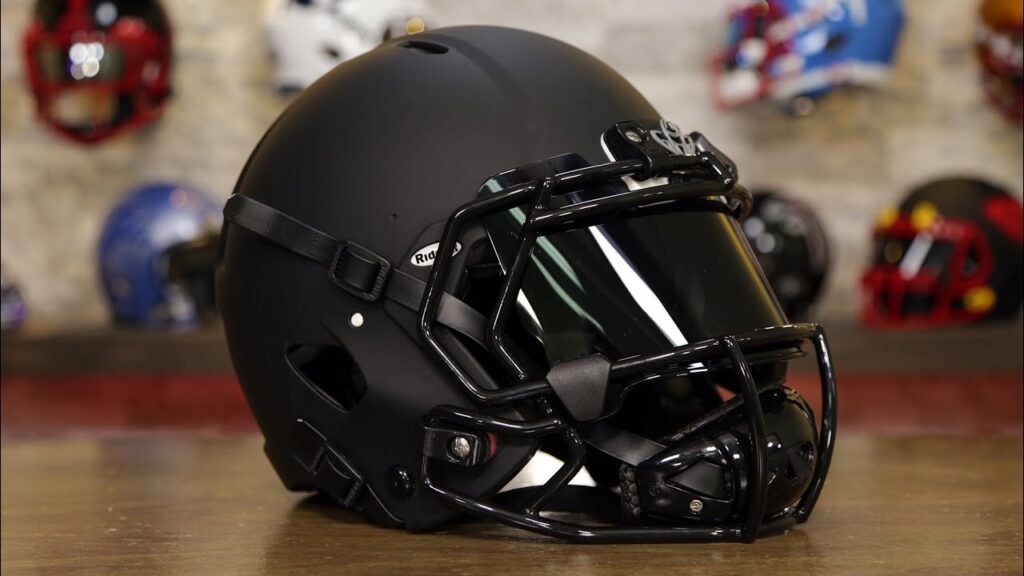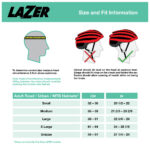A bucket helmet in football is an outdated, large, and round helmet design. It was commonly used during the mid-20th century.
Bucket helmets featured a simplistic design and offered minimal protection. They were primarily made from leather and lacked the advanced safety features of modern helmets. The helmet’s round shape often led to it being referred to as a “bucket” due to its resemblance to an inverted bucket.
Players relied on these helmets despite their limitations because they were the standard at the time. Today, they are a part of football history and serve as a stark contrast to the highly engineered helmets used in the sport. Understanding the evolution of football helmets highlights the significant advancements in player safety and technology.
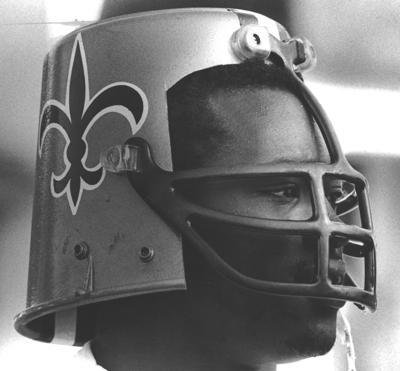
Credit: www.nola.com
Introduction To Bucket Helmets
Bucket helmets are an essential part of football gear. They protect players’ heads during intense games. These helmets have a unique design that sets them apart.
Origins And History
Bucket helmets were first used in the early 20th century. They were made from leather and provided minimal protection. Over time, the design evolved. By the 1950s, plastic helmets replaced leather ones. This change improved safety for players.
Purpose And Importance
The main purpose of a bucket helmet is to protect the player’s head. These helmets reduce the risk of concussions and other injuries. They also enhance performance by providing a secure fit. Modern helmets are made from high-quality materials. They are designed to absorb impact and distribute force evenly.
Here are some key features of modern bucket helmets:
- Durable outer shell
- Comfortable padding inside
- Face masks for added protection
- Chin straps to ensure a snug fit
These features make the bucket helmet a crucial part of football safety gear.
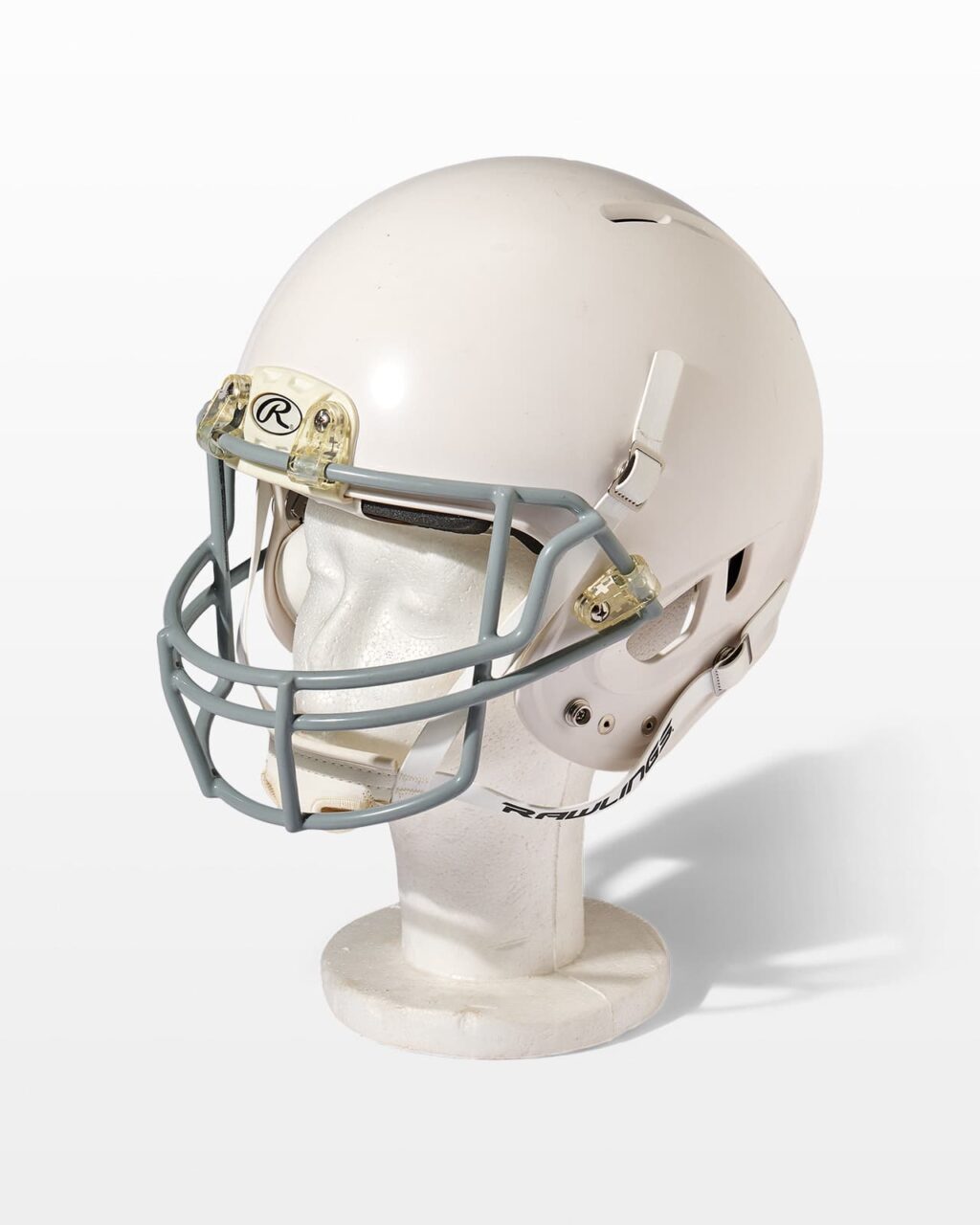
Credit: www.acmebrooklyn.com
Design And Structure
The design and structure of a bucket helmet in football play a crucial role in player safety. These helmets are crafted to provide maximum protection and comfort. The structure includes various components that ensure durability and impact resistance. Let’s dive into the materials used and key features of these helmets.
Materials Used
Bucket helmets are made from high-quality materials. The outer shell is usually made of polycarbonate or ABS plastic. These materials are chosen for their durability and impact resistance. The inner padding is often made from foam or gel. This padding provides comfort and shock absorption. The face mask is typically constructed from metal or high-strength plastic. It protects the face while allowing clear vision.
Key Features
Bucket helmets come with several key features that enhance their functionality:
- Ventilation: Strategically placed vents keep the head cool.
- Adjustable Straps: Ensure a snug fit for all head sizes.
- Chin Guard: Protects the chin from impacts.
- Impact Absorption: Inner padding reduces the force of impacts.
- Lightweight Design: Minimizes strain on the neck and shoulders.
These features make bucket helmets essential for football players, providing both safety and comfort.
Safety Standards
Football is a high-impact sport. Players need the best protection. A bucket helmet is essential for this. Safety standards are crucial. They ensure the helmet meets specific criteria. These criteria help protect the player’s head.
Certification Processes
Certification processes are vital for helmet safety. They involve thorough testing. These tests check the helmet’s durability and impact resistance. Organizations like NOCSAE (National Operating Committee on Standards for Athletic Equipment) set these standards.
Steps in the Certification Process:
- Initial design review
- Material testing
- Impact testing
- Field testing
- Final approval
Each step ensures the helmet can withstand collisions. A helmet must pass all tests to get certified.
Safety Ratings
Safety ratings help players choose the best helmet. Ratings are based on performance in tests. Higher ratings mean better protection. Some helmets are rated for different levels of play. Youth helmets have different standards than adult helmets.
Common Rating Systems:
- 5-star rating systems
- Safety score from 1 to 10
These ratings guide players and coaches. They help in selecting the safest equipment. Always look for helmets with high safety ratings.
Benefits Of Using Bucket Helmets
Bucket helmets in football offer many benefits. They protect players and improve their game. Let’s explore the key advantages in detail.
Injury Prevention
Bucket helmets are designed to prevent head injuries. They have a hard outer shell. This shell absorbs and disperses impacts. Inside, there is soft padding. This padding adds extra protection.
With these helmets, the risk of concussions reduces. Headaches and other injuries also decrease. Safety is their top priority.
Enhanced Performance
Bucket helmets do more than just protect. They help players perform better. The design is aerodynamic. Players can move faster and with ease.
They also have better vision. The helmet’s shape allows for a wider field of view. Comfort is another big plus. Players feel more confident and focused.
Here is a quick comparison of benefits:
| Feature | Benefit |
|---|---|
| Hard outer shell | Impact absorption |
| Soft inner padding | Extra protection |
| Aerodynamic design | Improved speed |
| Wider field of view | Better vision |
| Comfort | Enhanced focus |
In summary, bucket helmets provide safety and boost performance. They are a smart choice for any football player.
Comparing Bucket Helmets To Traditional Helmets
Football players are always on the lookout for better safety gear. Bucket helmets are one of the newest innovations. How do they compare to traditional helmets? Let’s break it down.
Design Differences
Bucket helmets have a unique design. They are shaped like a bucket, hence the name. The traditional helmets have a more rounded shape.
| Feature | Bucket Helmets | Traditional Helmets |
|---|---|---|
| Shape | Bucket-like | Rounded |
| Weight | Lightweight | Heavier |
| Ventilation | Better airflow | Less airflow |
| Padding | More cushioned | Standard padding |
Performance Comparisons
Bucket helmets offer several advantages. They are more lightweight. This makes movement easier for players. The padding is more cushioned, providing better protection.
Traditional helmets are heavier. This can cause neck strain over time. They have standard padding, which might not absorb impacts as well.
- Bucket helmets improve agility.
- Traditional helmets are robust but can be cumbersome.
- Better ventilation in bucket helmets keeps players cooler.
These differences can impact a player’s performance on the field. Choosing the right helmet is crucial for safety and efficiency.
Choosing The Right Bucket Helmet
Choosing the right bucket helmet in football is crucial for safety. The right helmet can prevent serious injuries and enhance performance. In this section, we will cover the key factors and top brands to help you make an informed decision.
Factors To Consider
When choosing a bucket helmet, consider the following factors:
- Fit: A good fit ensures maximum protection and comfort.
- Material: Durable materials offer better protection.
- Padding: Quality padding absorbs impact and reduces injury risk.
- Weight: Lighter helmets are easier to wear for long periods.
- Ventilation: Proper ventilation keeps the player cool and comfortable.
Top Brands
Here are some top brands known for their quality bucket helmets:
| Brand | Features |
|---|---|
| Riddell | Advanced padding, lightweight, and excellent fit. |
| Schutt | High-impact resistance, great ventilation, and comfort. |
| Xenith | Innovative shock absorption, adjustable fit, and durability. |
These brands offer helmets that meet high safety standards. They provide a balance of protection and comfort.
Maintenance And Care
Proper maintenance and care of your bucket helmet in football are crucial. This ensures its longevity and effectiveness. Regular cleaning and proper storage are essential.
Cleaning Tips
Cleaning your bucket helmet is simple. Follow these steps:
- Remove the inner padding.
- Wipe the helmet with a damp cloth.
- Use mild soap for stubborn stains.
- Rinse with clean water.
- Dry the helmet with a soft towel.
- Air dry the padding before reattaching.
Important: Never use harsh chemicals. This can damage the helmet.
Storage Advice
Storing your bucket helmet correctly is vital. Follow these storage tips:
- Keep the helmet in a cool, dry place.
- Avoid direct sunlight exposure.
- Store in a helmet bag for added protection.
- Ensure the helmet is dry before storing.
- Keep away from sharp objects that can cause scratches.
Proper storage helps in maintaining the integrity of the helmet.
Future Of Bucket Helmets
The future of bucket helmets in football looks promising. Advances in technology and design are paving the way for safer headgear. This could revolutionize player safety and performance.
Innovations And Trends
Smart Technology: Bucket helmets are integrating smart sensors. These sensors monitor impacts and gather data in real-time. This can help coaches and medical staff assess player safety.
Advanced Materials: New materials are making helmets lighter and stronger. These materials provide better protection against concussions and other injuries.
Enhanced Comfort: Improved padding and adjustable fittings ensure a better fit. This increases comfort and allows players to focus more on the game.
Industry Predictions
- Widespread Adoption: More teams will adopt advanced bucket helmets. This will become the standard in professional leagues.
- Regulatory Changes: New safety regulations will likely mandate the use of smart helmets. This could lead to widespread changes in helmet design.
- Cost Reduction: As technology advances, production costs will decrease. This will make high-tech bucket helmets more affordable for all levels of play.
- Customization: Future helmets may offer more customization options. Players could choose designs that suit their personal style and comfort needs.
| Feature | Benefit |
|---|---|
| Smart Sensors | Real-time impact monitoring |
| Advanced Materials | Better protection and lighter weight |
| Enhanced Comfort | Improved fit and focus |
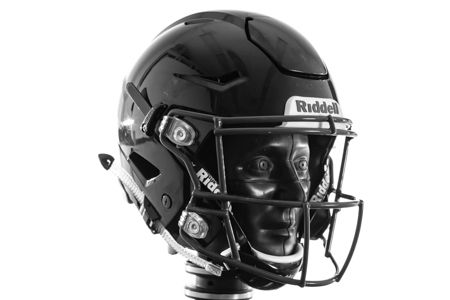
Credit: www.helmet.beam.vt.edu
Frequently Asked Questions
What Is A Bucket Helmet In Football?
A bucket helmet is a type of football helmet with a deeper, bucket-like shape. It offers enhanced protection and comfort. These helmets are often used by linemen.
Why Do Players Wear Bucket Helmets?
Players wear bucket helmets to protect their heads during tackles and collisions. The deeper design reduces the risk of concussions. It also provides better coverage for the back of the head.
Are Bucket Helmets Safer Than Traditional Helmets?
Bucket helmets are generally considered safer due to their deeper design. They offer enhanced protection for the head and neck. This reduces the likelihood of severe injuries.
Who Typically Uses Bucket Helmets?
Bucket helmets are commonly used by linemen and other players in high-contact positions. These players face frequent, heavy impacts. The design offers added protection and support.
Conclusion
Understanding the bucket helmet’s history and purpose enhances your football knowledge. This gear has evolved significantly for player safety. Knowing its importance can deepen your appreciation of the game. Stay informed about equipment advancements to enjoy football responsibly. Share this knowledge with fellow fans to promote awareness and safety.
